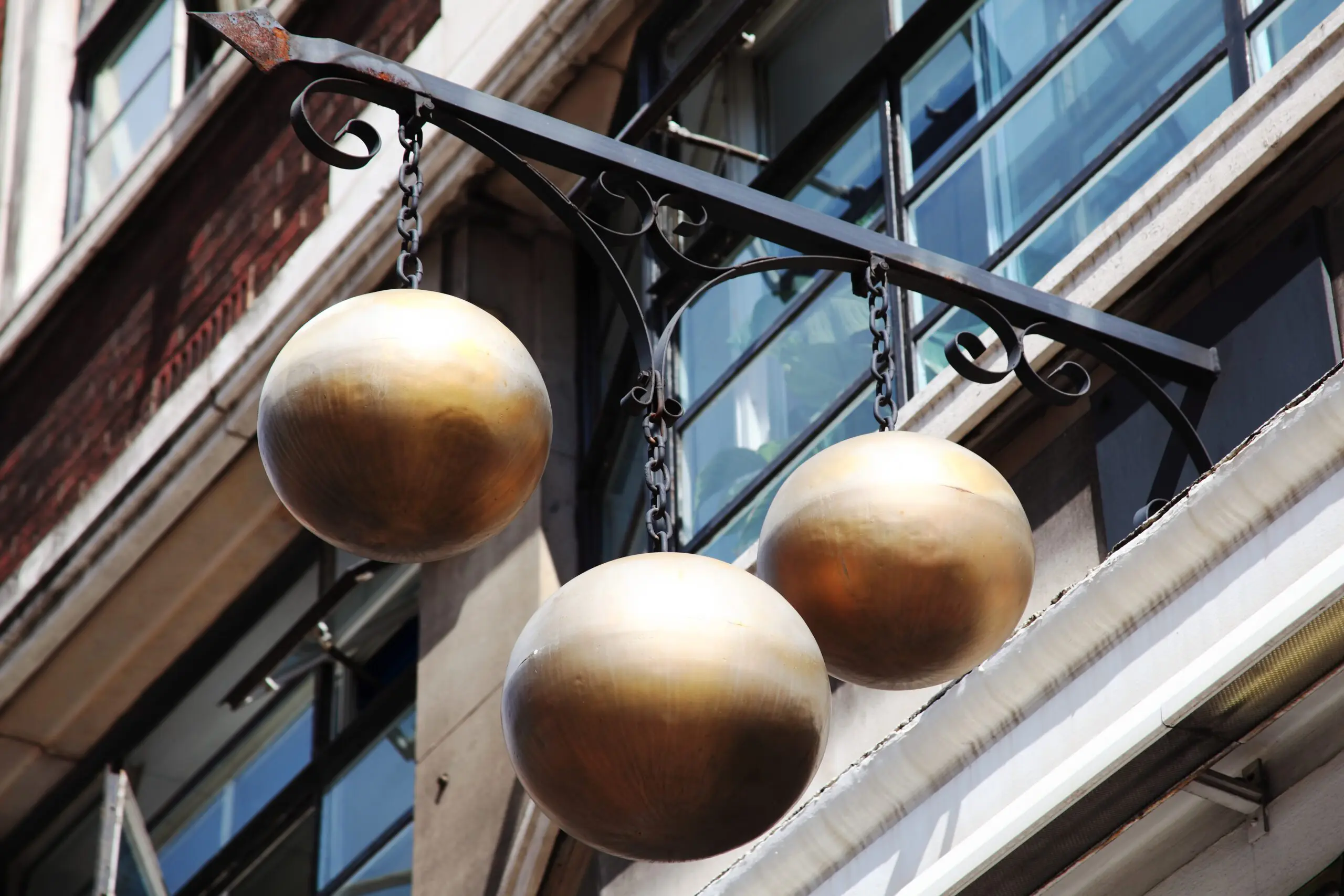As we catch up with the history of pawnbroking, we find ourselves in the 1700s the world is changing quickly forever.
Although the ‘things’ that we surround ourselves with, in modern times, were still few far between, people had things of value. It is in the 1700s that we see the first shoots of social mobility, made easier by the Industrial Revolution the growth of towns cities.
In 1600, the population of England Wales combined was around 4 million. Today, Greater London is home to over 9 million people alone. People were gravitating towards the larger towns conurbations – with the geographical move came the desire to move up the social ladder.
The pawnbroking trade was shared by the Lombards, the more charitable montes pietatis and the goldsmiths. However, the goldsmiths began to move away from pawn the pawnbrokers began to be recognised as an industry in their own right. This allowed the movers shakers within pawnbroking to bring a Bill into Parliament which put distance between their reputable businesses ‘Persons of ill Fame Repute, who live in the Garrets, Cellars, other obscure places, taking upon themselves the Names of Pawnbrokers’. This led to the Pawnbrokers Act of 1756, which helped cement the charge of 20%. A fifth of the 20% would then go on to fund hospitals workhouses. This demonstrates the benevolent nature of the pawnbroking industry. Pawnshops became easier to find as the Three Golden Balls were firmly adopted as a sign of their own.
The years between 1750 1850 saw pawnbroking’s greatest leap forward with four Acts of Parliament, leading to the Act of 1872. Contracts were introduced, as were a register, a formalised length of the loan the method of disposal. In addition, pawnbrokers now had to pay for an Excise licence, which was effectively a business tax.
With the standardisation of the trade, came patterns within the market. Many people used the pawnbrokers to keep their heads above water, borrowing against Sunday clothes from one week to the next. Many contemporary social critics, who probably had a decent income, looked upon the pawn/retrieve cycle with disdain contempt. Instead of placing the pawnbroker in the place of the hero, the pawnbroker was reduced to facilitator encourager of dubious lifestyles.
Looking at things from a slightly different angle, it could be argued that the pawnbroker was responsible for supporting the working class, as they fell victim to the poor wages paid in Victorian times the soaring birthrate.
The question is not where would society be without pawnbroking, but rather how many families would have been shattered wrecked without pawnbroking.





